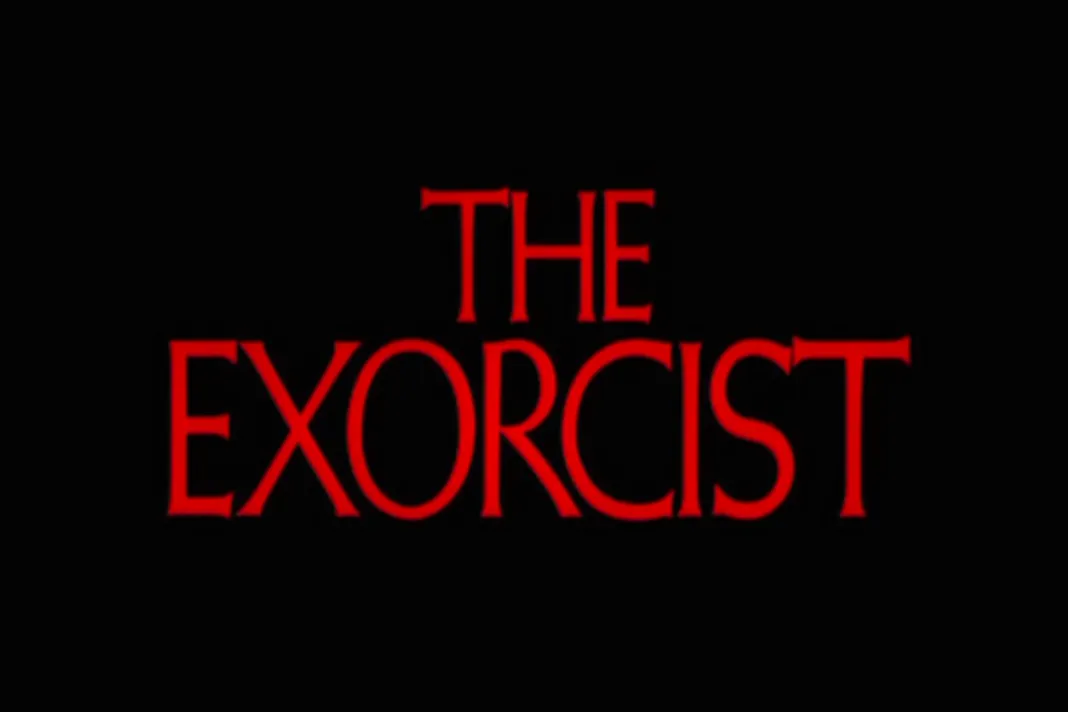On Monday, William Friedkin passed away at home of heart failure and pneumonia at the age of 87.
Best remembered for his cult classic, The Exorcist, Friedkin never seemed to want to become the next “Great American filmmaker,” he told The Los Angeles Times in an 1989 interview. “I love the experience of making films.”
Featuring a cast of relatively unknown actors, The Exorcist challenged audiences whose previous exposure to mainstream horror films included mostly monsters, zombies, and old men like Alfred Hitchcock and Boris Karloff. Eager for something exciting in 1973, filmgoers packed theaters to experience his … experience.
December 26, 1973: The Day Horror Changed
Reports of people fainting, throwing up, screaming, and even experiencing heart failure aided in the film’s fever pitch. One woman supposedly had a miscarriage while watching the film. The fear, repulsion, and curiosity created by The Exorcist drew in hordes.
Friedkin’s Attention To Detail
Lighting, sets, and color palettes were excruciatingly crafted for visual impact and maximum realism. The opening sequence was shot at Hatra, an ancient site south of Mosul, Iraq. The room for the exorcism scene was refrigerated to 20 degrees below zero so that actors’ breath could be seen. A latex dummy with a condom in its throat to produce a bulge when it spoke was used for the head-spinning scene. A lesser-mentioned but perhaps one of the most visually disturbing scenes towards the beginning, the angiogram scene, was specifically mentioned in a 2015 Vice interview with Friedkin.
The First Best Picture Horror Film Nominee
It’s also the sixth highest grossing horror film of all time. It’s doubtful that Friedkin was the first Hollywood director that comes to mind when people think of horror but now that his passing has brought along a plethora of tribute blogs, he’ll surely be on the minds of moviegoers now, especially since The Exorcist: Believer is due to hit theaters in mid-October.
More Like This: A24’s ‘Talk to Me’ Sequel in the Works


